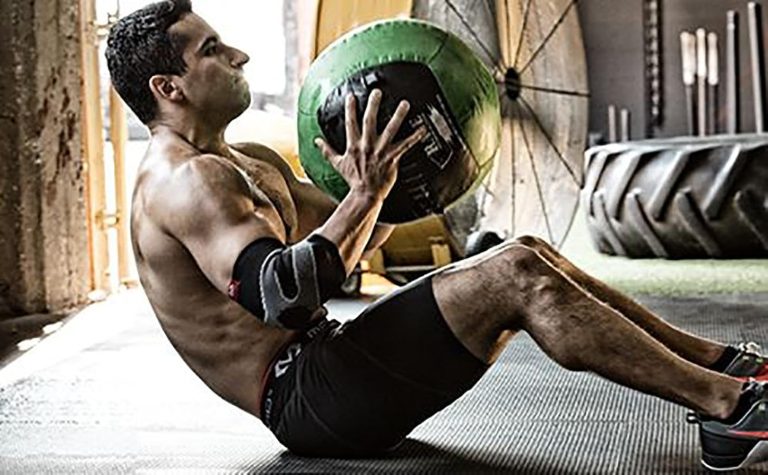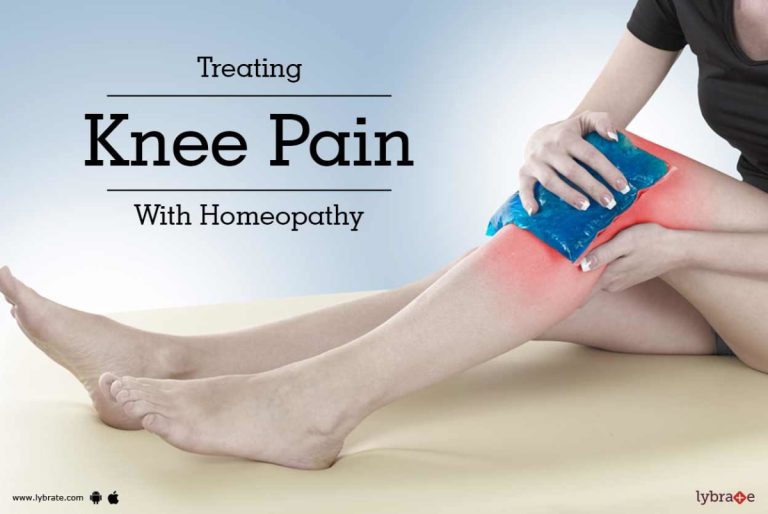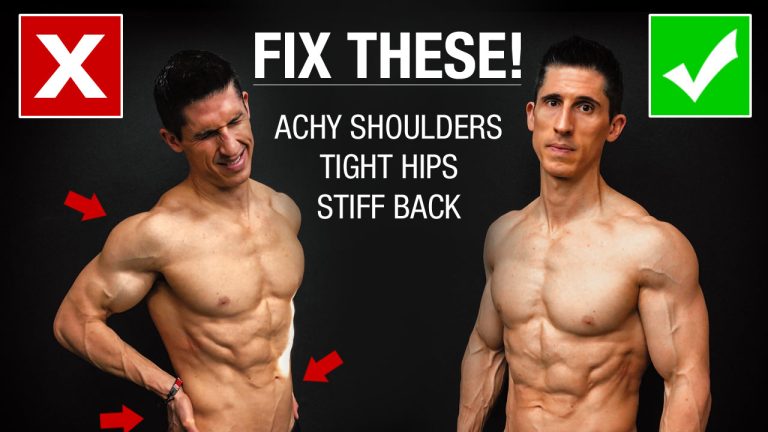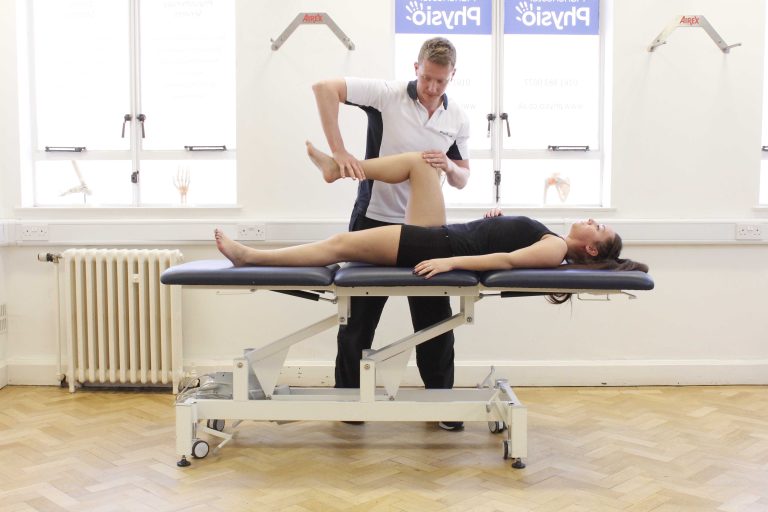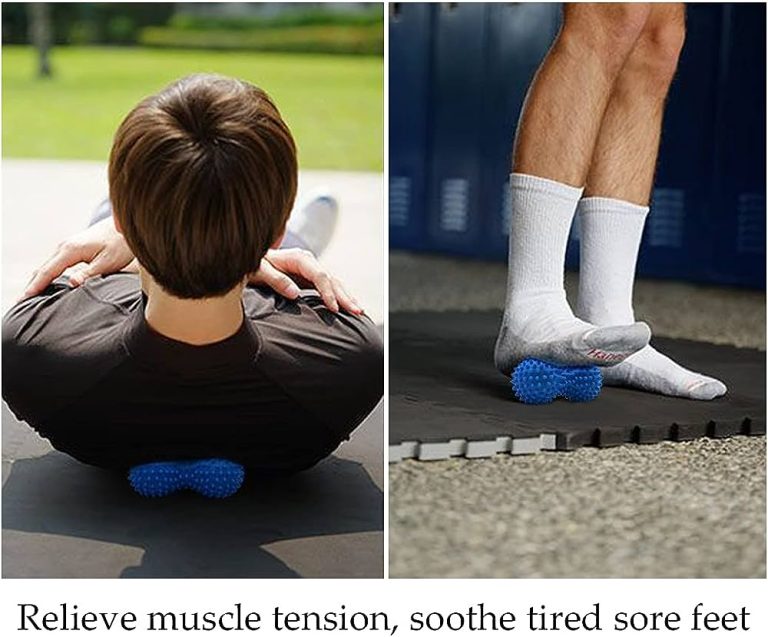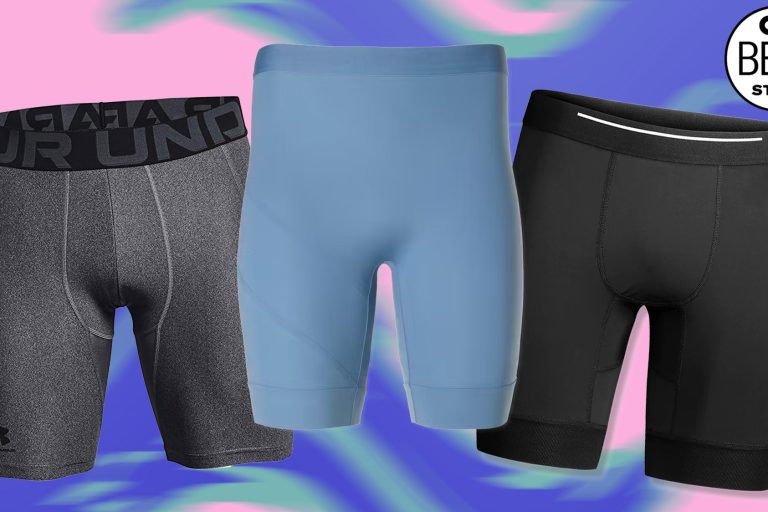Leg Roller for Runners: Enhancing Performance, Preventing Injuries
Whether you’re a seasoned runner or just starting your fitness journey, taking care of your muscles is crucial for optimal performance and recovery. And when it comes to post-workout self-care, a foam roller is a runner’s best friend.
These nifty tools can help alleviate muscle tension, improve flexibility, and prevent injury. But with so many options out there, how do you choose the perfect leg roller for runners?
From firmness to portability and even tech features, there’s a lot to consider. In this guide, we’ll explore the top foam roller options on the market, including some unique designs you won’t want to miss.
So lace up your shoes and get ready to roll!
leg roller for runners
A leg roller is a foam roller specifically designed for runners to aid in their recovery process. Foam rolling is highly recommended for runners as it serves multiple purposes.
It can be used as a warm-up activity before a run to help prepare the muscles and prevent injury. Additionally, foam rolling after a workout acts as a sports massage, helping to reduce muscle soreness and promote faster recovery.
When looking for a foam roller, several factors should be considered, including firmness, texture, portability, and any additional tech features. Some foam rollers have raised edges and grooves to specifically target muscle tissue, while others have different surface textures and patterns for various types of massage.
Among the best foam rollers recommended for runners, the OPTP Pro-Roller is great for beginners, the LuxFit High-Density Foam Roller offers firm density, and the TriggerPoint Grid foam roller is known for its durability. The RumbleRoller has a unique design with bumpy knobs, providing a deeper massage.
Other notable options discussed include the Brazyn Morph Bravo Collapsible Roller, the LifePro Ball Roller, and the Tiger Tail Classic Massage Stick. The Tiger Tail, in particular, is a leg roller designed specifically to relieve muscle soreness and knots.
Additionally, the Gaiam Restore Hot & Cold Foot Roller is specifically designed for alleviating foot pain. Ultimately, choosing the right leg roller depends on individual preferences and specific recovery needs.
Key Points:
- A leg roller is a foam roller designed for runners to aid in recovery.
- Foam rolling is beneficial for runners before and after workouts.
- Factors to consider when choosing a foam roller are firmness, texture, portability, and additional features.
- Recommended foam rollers for runners include:
- OPTP Pro-Roller
- LuxFit High-Density Foam Roller
- TriggerPoint Grid
- RumbleRoller
- Brazyn Morph Bravo Collapsible Roller
- LifePro Ball Roller
- Tiger Tail Classic Massage Stick
- The Tiger Tail is designed to alleviate muscle soreness and knots.
- The Gaiam Restore Hot & Cold Foot Roller is specifically designed for foot pain relief.
Sources
https://www.amazon.com/leg-rollers-runners/s?k=leg+rollers+for+runners
https://www.runnersworld.com/gear/a21930734/best-foam-rollers/
https://www.outdoorgearlab.com/topics/fitness/best-muscle-roller-stick
https://www.amazon.com/calf-roller-runners/s?k=calf+roller+for+runners
Check this out:
💡 Pro Tips:
1. When using a leg roller for runners, make sure to apply enough pressure to feel a deep sensation of relief, but avoid excessive force that could cause pain or injury.
2. Experiment with different rolling techniques to target specific areas of your legs, such as the quads, hamstrings, calves, and IT bands. Adjust the angle and direction of the roller to find the most effective approach for each muscle group.
3. Consider incorporating dynamic movements while using the leg roller to further enhance its benefits. For example, you can perform leg swings or gentle lunges as you roll to promote increased blood flow and range of motion.
4. Use the leg roller not only for recovery but also as a preventive measure. Regular foam rolling can help prevent muscle imbalances, reduce the risk of injury, and improve overall leg strength and flexibility.
5. Don’t neglect other recovery modalities in addition to using a leg roller. Incorporate stretching, proper nutrition, hydration, and adequate rest into your routine to optimize recovery and ensure the best results for your running performance.
Foam Rolling For Runners: A Recovery Activity
Running is a demanding physical activity that puts significant stress on the muscles and joints. To help runners recover and prevent injuries, foam rolling has become a recommended practice.
Foam rolling involves using a cylindrical foam roller to apply pressure to specific areas of the body, targeting muscles and connective tissues. This self-massage technique helps to improve circulation, reduce muscle soreness, and increase flexibility.
By incorporating foam rolling into their routine, runners can enhance their performance and maintain their overall health.
Foam rolling is particularly beneficial for runners as a recovery activity. After a run, muscles can become tight and fatigued, which can lead to imbalances and potential injuries.
Foam rolling can help alleviate these issues by promoting blood flow to the muscles, reducing muscle tension, and improving range of motion. By using a foam roller before and after runs, runners can enhance their recovery and decrease the risk of injuries.
Benefits Of Foam Rolling Before A Run
In addition to being a recovery activity, foam rolling can also serve as a warm-up before a run. Foam rolling before a workout can help prepare the muscles for exercise.
By applying pressure to the muscles, foam rolling stimulates blood flow and increases tissue elasticity. This can help wake up the muscles, enhance flexibility, and improve overall performance.
Incorporating foam rolling into a pre-run routine can help runners feel more prepared and ready to tackle their workouts.
Foam Rolling As A Post-Workout Sports Massage
After a rigorous workout, runners often experience muscle soreness and stiffness. Foam rolling after a workout can act as a sports massage, helping to alleviate these discomforts.
The pressure applied by the foam roller can help break up knots and adhesions in the muscles, known as muscle fascia. This can provide immediate relief and accelerate the recovery process.
Foam rolling after a workout can also help reduce inflammation and prevent the buildup of lactic acid in the muscles, allowing for a quicker recovery and reducing the chances of experiencing delayed onset muscle soreness (DOMS).
Factors To Consider When Choosing A Foam Roller
When selecting a foam roller, runners should consider various factors to ensure they choose the one that best suits their needs. Some important factors to consider include:
The choice of texture depends on the desired level of targeted muscle relief.
Some foam rollers are lightweight and compact, making them easier to carry around.
These features can provide a more customized and interactive foam rolling experience.
Targeted Muscle Tissue: Foam Rollers With Raised Edges And Grooves
To target specific muscle tissue, some foam rollers are designed with raised edges and grooves. These features can help pinpoint certain areas and provide a deeper massage.
Runners may benefit from using foam rollers with these raised edges and grooves to effectively relieve tension and promote muscle recovery.
Recommended Foam Rollers For Different Needs
There are various foam rollers available on the market, each with its own unique features and benefits. Some of the highly recommended foam rollers for runners include:
It provides a deeper massage and helps target specific trigger points.
It can effectively target tight muscles and relieve knots.
It’s important for runners to choose a foam roller that meets their individual needs and preferences. By incorporating foam rolling into their routine and using the recommended rollers, runners can enhance their performance, prevent injuries, and promote optimal recovery.
In conclusion, foam rolling has become an essential practice for runners. Its benefits as a recovery activity, warm-up, and post-workout massage make it a valuable tool in enhancing performance and preventing injuries.
By considering factors such as firmness, texture, portability, and tech features, runners can choose the right foam roller for their needs. Targeted muscle relief can be achieved with foam rollers featuring raised edges and grooves.
With the recommended foam rollers mentioned, runners can enjoy the benefits of foam rolling and maintain their physical well-being.


